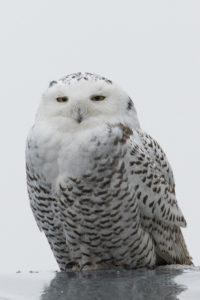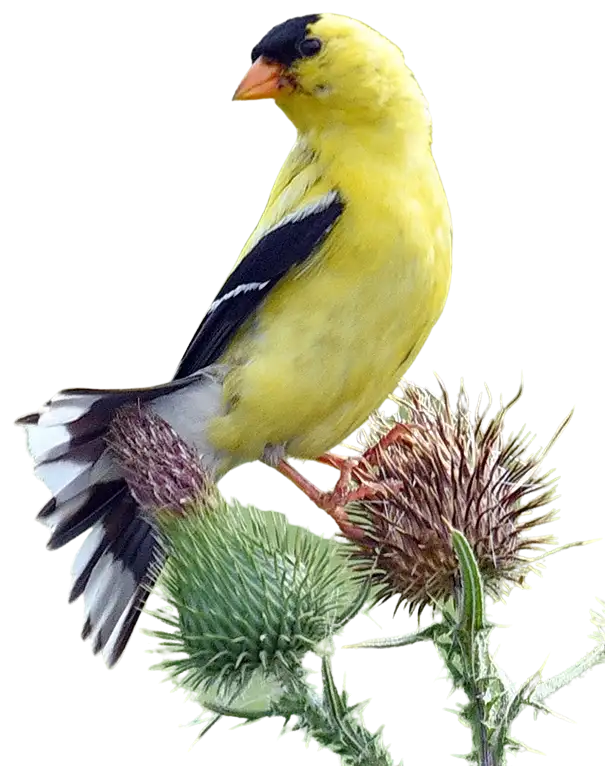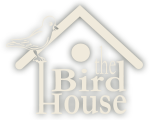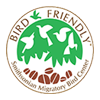
A Snowy Owl visits the area near Montezuma National Wildlife Refuge. Photo @Nic Minetor
With the early migration season upon us, owl sightings in the appropriately named Owl Woods have already begun. Northern Saw-whet Owls and Long-eared Owls migrate through in March on their way north to their breeding grounds, and the resident Eastern Screech Owl, Barred Owl, and Great Horned Owl begin to reveal their locations at this time of year as well. Even a Boreal Owl may put in an appearance.
Throughout this past winter, sightings of Short-eared Owls and Snowy Owls have been frequent, with the locations they prefer becoming common knowledge among local birders. Some birders, however—especially new ones—feel like they’re being kept out of the loop, their online inquiries about owl locations snubbed by more experienced birders who seek to keep these sightings a secret.
Why are birders so protective of owls, and more so than of any other bird family? It’s a valid question, one I get asked often—especially when I’m standing at the edge of a forest or along Nations Road looking at actual owls.
The answer is complex, so let me try to sort it out for you.
First, there’s a good reason to protect migrating owls. The ones that stop in the Owl Woods near Braddock Bay Park are exhausted by the time they arrive here. They have traveled very long distances, often without finding much of the mature forest habitat they need for protection on their way to their summer range in northern Canada. Once they drop into Owl Woods, they need to rest throughout the day, and then feed on rodents they find along the forest edge before their long flight across Lake Ontario.
Unlike warblers and vireos that roam about the woodlands feeding on insects, owls find a perch and sit all day in the same place, making them fairly easy for birders to see. This is their time to sleep, though, so when birders crowd into their personal space to peer at them and take photos, it can disrupt their sleep and force them to keep moving around the woods to find another suitable perch. You probably know what you feel like after a restless night with little sleep—that’s exactly what an owl feels like if we keep waking it up. Imagine trying to fly across a Great Lake when you feel that lousy.
That’s why we recommend that you maintain a respectful distance from any owl you find, even if it means you can’t shoot the perfect photo of it. Let the birds in Owl Woods rest and regain strength, so they can survive the difficult lake crossing. (RBA offers a field trip to Owl Woods on March 26, led by some of our most knowledgeable guides, so you can learn proper owl etiquette firsthand.)
The same goes for Snowy Owls, although these birds hunt during the day. Our Snowies spend the winter here in upstate New York and often perch on fenceposts, utility boxes or roofs, and even stand on the ground in wide-open areas like airports. They are easy to see and photograph, but it’s still important to keep your distance so the birds can hunt in peace. For photographers, this may be the impetus you need to purchase that long lens you’ve had your eye on for years.
Our year-round resident owls don’t face the same migration issues, but their enormous popularity with birders can mean that they abandon a preferred nesting site to avoid human eyes. Please give these birds their space as well, so we can continue to enjoy families of owls in our woodlands.
Have you asked other birders online about owl locations and had them refuse to share them? There’s a reason for this, illustrated just this past winter at the Finger Lakes Airport at the north end of Cayuga Lake. A bird photographer there got too close to a Snowy Owl by trespassing on an airport runway. Airport staff came out and asked him to move, and the photographer became belligerent and argued with the staff member. This kind of behavior is bad for the owl, but it’s also bad for all birders in the area. The Cayuga Bird Club did a good job of smoothing this over with the airport staff, so we are still permitted to observe Snowy Owls there from designated public areas—but our access could be cut off at any time.
Don’t despair; you can usually find out where the owls are by visiting eBird and searching on the species. Just remember to practice good owling etiquette: If the owl reacts to your presence—if it turns its head to look at you, shifts its position, or becomes restless, you’re too close. Don’t be the birder that risks an owl’s safety just to get a photo. You won’t feel good about showing people that picture.



